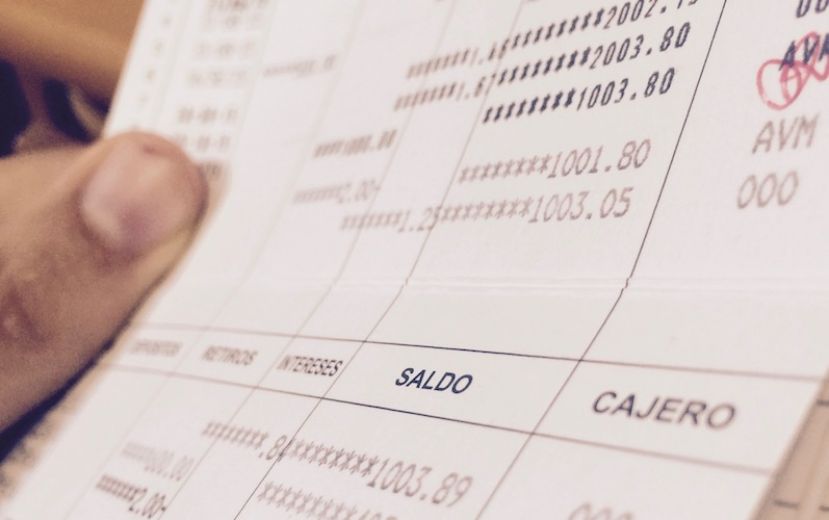Helping Microfinance Clients to Save: Are Incentives a Solution?
- Written by Santiago Sueiro
- Published in Source
- 0 comments
Authored by Jeff Paddock and Santiago Sueiro.
This post originally appeared on NextBillion‘s Financial Innovation blog on January 26th, 2017. It formed part of NextBillion’s January focus on microfinance.
At La Ceiba, we believe microfinance can be about more than loans. We work in a rural community 30 minutes outside of the city of El Progreso in northern Honduras. El Progreso has a small urban center where many Honduran banks established their branches. Our clients are just close enough to the city to open and access accounts but far enough away where they don’t visit the city or their bank on a regular basis. Additionally, clients cannot afford the ancillary fees that are associated with savings accounts. Our client population has low literacy levels, which make it difficult for them to understand financial vocabulary and concepts. The combination of distance, cost and knowledge gaps discourages clients from opening and maintaining a savings account. We decided we needed to offer a financial service focused on those three challenges.
Microfinance can be a tool for developing meaningful and intimate connections with low-income families. Know your clients, and let them know you. This concept, and the conditions that clients face, was the basis for our incentivized savings program.
Over the years, our staff developed intimate relationships with clients and their families through frequent interactions. We encourage this type of interaction through our relationship collateral philosophy. Recently, we heard a growing number of clients express interest in financial products beyond the loans that we already provide. Clients told us that they want to save but they are finding it difficult to do so.
There is a growing amount of research and work done to increase savings for low-income clients. A 2014 publication by Dean Karlan, Aishwarya Lakshmi Ratan and Jonathan Zinman lays out the constraints to savings observed across several regions in the world and highlights field experiments and nascent savings models that seek to address those constraints. But while this research was useful, it didn’t serve as the impetus for our program. At this point in the process, clients expressed that a small match from our organization would incentivize them to make frequent deposits. Their feedback inspired us to adopt an incentivized saving concept.
One of the largest incentivized savings programs in the world is the Assets for Independence (AFI) program in the U.S. AFI uses Individual Development Accounts (IDAs) to encourage individuals to save. The model allows for individuals to save significant sums of money and facilitates asset accumulation. AFI makes it easy for organizations to operate IDA accounts by providing federal grants to fund the individual’s matched deposit. AFI allows organizations to match a deposit 1:1 and up to an 8:1 ratio for a maximum of $2,000.
Incentivized savings is extremely resource intensive, which is why AFI provides grants to make it easier for organizations to adopt the model. However, we are a small NGO with limited resources and an equivalent to the AFI program does not exist in Honduras. We had to build something that would require a small financial commitment but preserve the motivating effect of a matched deposit.
Our first step was to partner with formal banks. Banco Ficensa, Banco Azteca, BanRural and Banco de Occidente already have the infrastructure and products that clients want and need. Second, we identified the entry costs we could afford to cover. Third, we used conversations with clients and relied on the knowledge of our Honduran staff to establish a match amount that was small enough for us to afford but large enough to still encourage clients to make a deposit. Finally, we knew that we had to provide classes that would allow clients to understand the technical aspects of savings and their account. We settled upon these four inputs:
We provide $5 for the minimum balance required to open bank accounts.
For every deposit the client makes, we deposit $1.05 into their account.
We provide monthly classes to train participants on how to use deposit booklets and plan for the future.
We provide a small stipend to address the opportunity cost of being away from home and work while attending classes.
These small incentives and supports motivated clients to make deposits on a regular basis. Fifteen clients made 51 deposits over three months. Of these, eight opened a savings account for the first time. Accounts spanned four different banks and clients deposited a total of $408 with a median deposit of $4.25. We matched this with $112. As a result, clients held a total of $520 toward their future; that’s $3.71 saved per $1 of subsidy money. Every $1 we contributed carried almost four times its weight in financial security.
This project is minuscule, but it’s a first step toward something larger. We are planning a second round of accounts for 15 new clients. But what we are really excited about is the clients’ commitment to the program. Clients express high satisfaction with the program and they continue to make deposits despite such a small incentive. We believe that this is due not just to the financial incentive offered, but from their role in designing the program. The idea for this program was born from the clients, and while we incorporated empirical evidence and studied existing models, we developed the program in conjunction with clients. As the program grows and we continue to foster meaningful relationships with clients, we will continue to explore this central question: What role can and should microfinance play in empowering the poor?
Jeff Paddock is the program director of La Ceiba and Santiago Sueiro is on the Board of Advisors.


